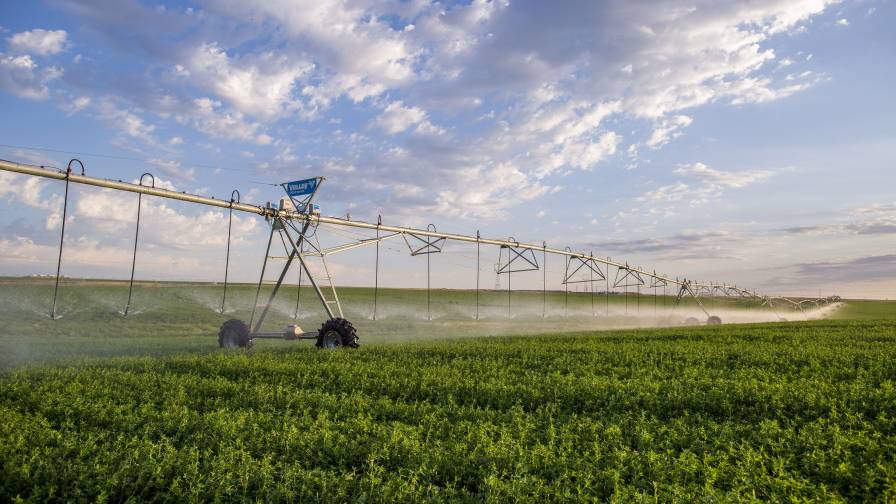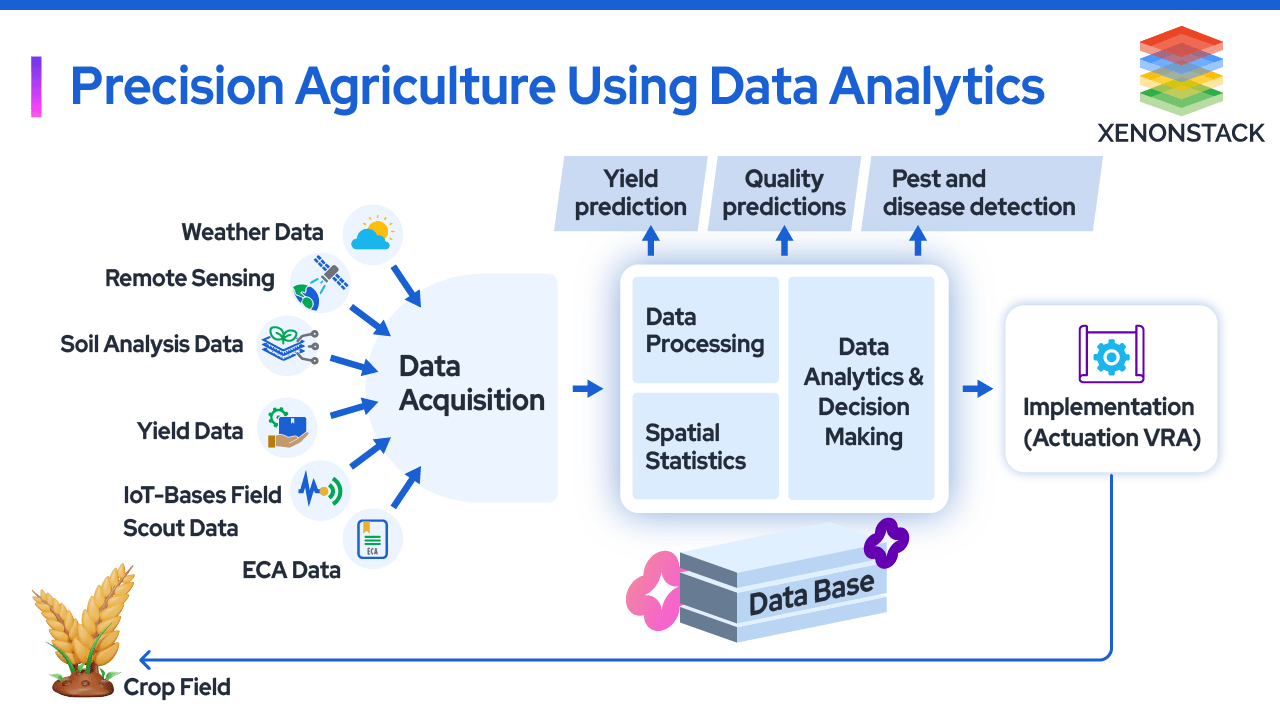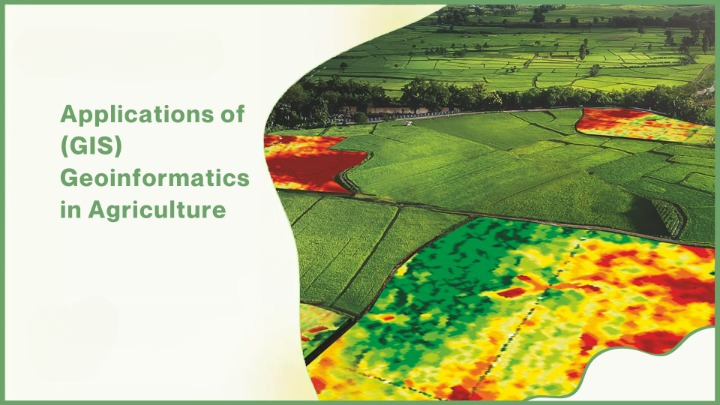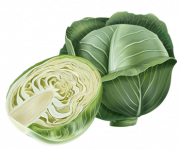Description
The Internet of Things (IoT) plays a pivotal role in precision agriculture by providing real-time data and automation to enhance farming practices. Here’s an overview of how IoT can be implemented in precision agriculture:
Key Components of IoT in Precision Agriculture
- Sensors and Devices
- Soil Moisture Sensors: Measure soil moisture levels to optimize irrigation schedules.
- Weather Stations: Monitor weather conditions like temperature, humidity, rainfall, and wind speed.
- Crop Health Sensors: Detect plant health indicators such as chlorophyll levels and pest infestations.
- Livestock Monitoring: Track animal health, location, and behavior using wearable sensors.
- Environmental Sensors: Monitor parameters like light intensity, CO2 levels, and air quality.
- Connectivity and Communication
- Wireless Networks: Use Wi-Fi, cellular, LoRaWAN, or other wireless technologies to connect sensors and devices.
- Gateways: Act as intermediaries to aggregate sensor data and send it to the cloud or a local server.
- Data Analytics and Management
- Cloud Computing: Store and process large volumes of data collected from the field.
- Big Data Analytics: Analyze data to identify patterns, trends, and insights for better decision-making.
- Machine Learning: Apply machine learning algorithms to predict outcomes and optimize farming practices.
- Automation and Control Systems
- Smart Irrigation: Automatically adjust irrigation schedules based on real-time soil moisture and weather data.
- Precision Planting: Use GPS-guided equipment for precise planting and seeding.
- Automated Machinery: Deploy drones and autonomous tractors for tasks like planting, fertilizing, and harvesting.
Benefits of IoT in Precision Agriculture
- Enhanced Efficiency:
- Resource Management: Optimize the use of water, fertilizers, and pesticides, reducing waste and costs.
- Labor Savings: Automate repetitive tasks, allowing farmers to focus on more strategic activities.
- Improved Crop Yields:
- Timely Interventions: Use real-time data to address issues like pest infestations and nutrient deficiencies promptly.
- Precision Farming: Apply inputs more precisely, ensuring each plant gets exactly what it needs to thrive.
- Sustainability:
- Environmental Impact: Reduce the environmental footprint by minimizing the overuse of water and chemicals.
- Soil Health: Monitor and maintain soil health through precise management of inputs.
- Data-Driven Decision Making:
- Predictive Analytics: Use historical data and predictive models to forecast crop performance and plan accordingly.
- Risk Management: Identify and mitigate risks related to weather, pests, and diseases.








Omowumi –
This digital service goes beyond technology to promote sustainable farming practices through IoT solutions. The emphasis on precision agriculture and resource efficiency resonates with our commitment to environmental stewardship. The personalized recommendations tailored to our farm’s specific needs have helped us reduce water usage, minimize fertilizer runoff, and optimize energy consumption. It’s a valuable resource for anyone looking to achieve sustainable agriculture goals through innovative technology.
Ebenezer –
I’m impressed with the depth of knowledge and practical applications covered in this digital service. The comprehensive exploration of IoT devices, from soil moisture sensors to drone technology, was eye-opening. The interactive simulations and case studies provided real-world examples of IoT’s impact on agricultural productivity and sustainability. It’s empowered us to implement data-driven strategies that maximize crop yields while conserving resources. Highly recommend for forward-thinking farmers.
Yinka –
This digital service on the role of IoT in precision agriculture has revolutionized how we manage our farm. The insights into sensor technology and data analytics have allowed us to monitor soil conditions, crop health, and weather patterns with unprecedented accuracy. We’ve optimized resource allocation and improved decision-making, resulting in higher yields and reduced environmental impact. It’s an indispensable tool for any farmer striving for efficiency and sustainability.